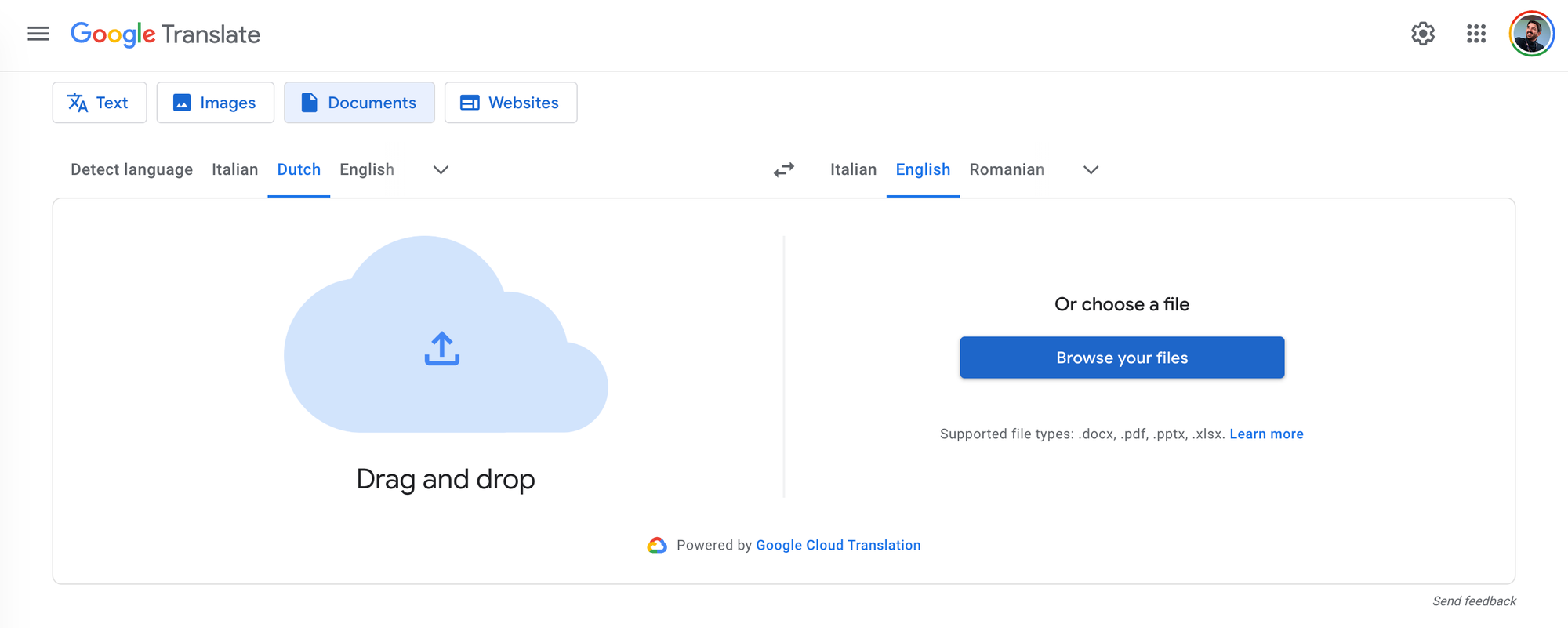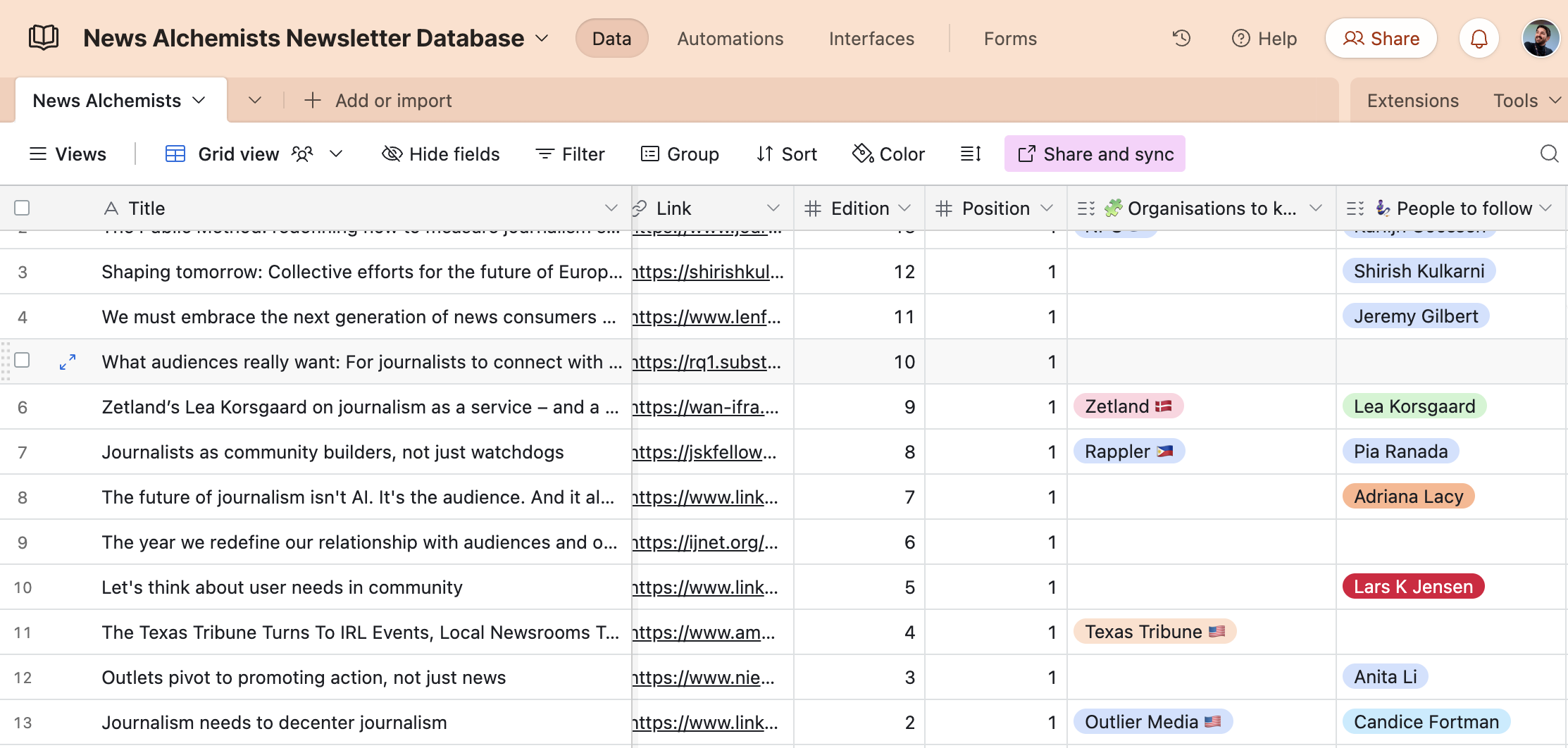🔶 #40: "How these news outlets cater to marginalised audiences"

Hello and welcome back to the News Alchemists newsletter!
10 editions ago, I included in the seven links a question posed by Professor Rasmus Kleis Nielsen at the US launch of the 2025 Digital News Report:
What are examples of news media that do a great job of serving poor people?
As I said at the time, since I started working on News Alchemists I put forward a simple theory: our journalism must create real value for people's lives so that, in seeing that value, people will want to pay for it. But what happens when the people you want to serve simply don't have money to pay? They still deserve journalism that helps their lives but they are not in the position to help you pay the bills, so reader revenue is not a viable option for your business. What do you do?
That's why I found Rasmus' question so critical – and that's why I admire the Reuters Institute for digging up some answers. You'll find them in the first link of this week.
All the other links (except for the last one) have one thing in common: they are from publications that run on Ghost, the open-source CMS I also use to publish this newsletter.
Ghost is great. It's an effective and accessible tool, created by a non-profit organisation that wants to help independent publishers thrive – unlike other companies that only pretend to do that. (Yes, I'm talking about Substack. F*ck Substack.)
So it feels good to celebrate fellow ghosts (?) (ghosters?) this week.
Alright, it's time for the links 📚 Let me know if you like what you're reading. I'm only one click on that reply button away, and I love getting your replies.
🍊 Do you want to share a link with the News Alchemists community? About a product, a service, a story, a report, anything that will make us all think – or even better, give us some hope – about how we can continue to reimagine journalism and its role in society?
Sponsor the next edition of the newsletter and the 3rd spot is yours. Tell me what you want to share, and if I believe it fits with the needs of this community I'll write the blurb for you. Send me an email and let's talk.
1. Community first: How these news outlets cater to marginalised audiences 👉 LINK
The Reuters Institute article I mentioned in the introduction shares how 🧩 Project Multatuli in Indonesia, 🧩 Outlier Media in the US, and 🧩 La Vida de Nos in Venezuela strive to serve marginalised communities and to find sustainability in doing so even if reader revenue is not an option. Article by Marina Adami.
The section of the article on "the line between journalism and advocacy" tracks with the discussions on the same topic in last week's edition.
2. What are we doing and what value are we creating? 👉 LINK
🧞Sarah Alvarez, a frequent presence in this newsletter, interviewed media economist Robert G. Picard after coming across a paper he wrote in 2006 on "Journalism, value creation and the future of news organizations." Worth a read:
"I think people in news have to be asking, "What are we doing and what value are we creating?” every single day. They need to be reviewing and thinking about it when they're making editorial decisions and when they're making business strategy decisions. A lot of them are still trying to fill their sites by putting in stuff that does not have a lot of value for the audience."
3. Allies without press passes 👉 LINK
Another great edition of the Re:filtered newsletter by 🧞Patrick Boehler, reflecting on the role of all the actors (librarians, parents, scientists, community organisers, etc) who essentially do journalism without calling it such – and often do it better (and certainly in a more people-centric way) that many traditional journalism players.
4. Seven archetypes of people who contact an editorial team 👉 LINK
I love it when a great link comes directly from one of my readers: a couple of weeks ago, 🧞Gerson Veenstra replied to the newsletter to share a report produced by his team at EenVandaag, a current affairs programme of Dutch public broadcasting NPO 1. The report shares the lessons that the editorial team learned from 2.5 years of talking directly with their viewers via WhatsApp and a chat on their website. One especially interesting section presents a neat taxonomy of seven different archetypes of audience members who actively seek a direct communication with the newsroom (the activist, the information seeker, the critical viewer, and others), with tips on the most effective ways to engage with each one.
*The link is not to the full report, which you can find here, but to a recent edition of Dutch media analyst Elger van der Wel's newsletter, which focused on the seven archetypes. Both the newsletter and the report are in Dutch, but an online translation tool should help.
**Talking about online translation tools: I might be the last person in the world to learn this, but did you know that you can upload a PDF to Google Translate and get the entire thing translated and sent back as a new PDF in the language of your choice??? 🤯

5. Escaping the content trap 👉 LINK
"We may think we are selling content, but that's not what people are buying." Newsrooms, paint this quote by 🧞Lars K Jensen on your walls right now. (Painting the entire article on the wall might be tricky but you should read it at least.)
6. We’re changing course, and it won’t be the last time 👉 LINK
I try to avoid sharing links from the same source twice in the same month, but sometimes there are good reasons to make an exception: in #38/6, I told you about 🧩 News Relay Network, a team who is building a newsroom that serves a media-neglected community in San Francisco. In this short piece, journalist and co-founder 🧞Noah Arroyo shares with admirable honesty the wrong assumptions they brought to a series of community listening sessions – and how they plan to change course based on what the community actually needs.
7. How can art help prevent journalism from becoming a commodity? 👉 LINK
"Art invites, journalism anchors. Art engages emotionally; journalism provides depth, facts, and credibility. Art helps translate complex stories into emotional impact. [...] While the story informs, art makes it stay, makes it linger."
Loved this thought-provoking post by 🧞Flora Pereira, chief engagement and education officer at the Pulitzer Center.
(If you're not already keeping an eye on the work of the Pulitzer Center, you probably should. It's a fantastic team that runs cool programmes and initiatives supporting journalism worldwide, guided by the belief that "people and communities who actively engage with systemic challenges will find solutions together".)
Seven links are not enough? How about 200+?

📸 The header image is not connected to the content of the newsletter. Just a photo taken by me to add a little colour.


Member discussion